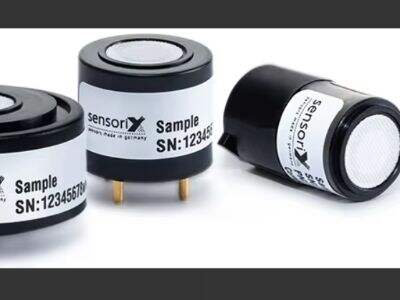Gas sensors are clever devices that allow us to find a variety of different gases in the air. Did you ever wonder how they function? This week we will find out fascinating science behind gas sensors and how they help us stay safe.
How Gas Sensors Function
Think of gas sensors as small detectives, sniffing out invisible gases in the air around us. They contain small parts inside them that can detect even a trace of leaked gas. When a gas sensor detect gas it sends a message to a computer or alarm so that we know something might be in the air that we cant see or smell.
How Gas Sensors Detect Gases
Special materials, known as "sensing elements", are used in multi gas sensor to detect gases. These sensing elements can respond to various gases in a special manner. Some sensors rely on chemicals that turn color when they come in contact with a gas; others use small electric currents to detect gases. Sounds magic, but in fact, it’s just science.
Why Gas Sensors Are Important
To help keep us safe from such deadly gases, natural gas sensor have to be highly accurate and reliable. They need to be tuned correctly (that is, they need to be calibrated) to discover the right gases at the right quantities. Gas sensors must also be quite sensitive to detect even trace levels of gas in the air. In one way, this is good because it keeps us safe and helps us know when we may be in danger.
The Parts of Gas Sensors
Gas sensors have various components to help detect gases. They have a shell, just like a shell protects a pearl, that serves as a protective layer for their sensitive interior. Wires, circuits and the sensor element that detects the gases are inside the shell. When a gas comes into contact with the sensing element, it triggers a response that sends a signal to the computer or alarm. It’s a secret code that only gas sensors get.
Protecting us with gas sensors
For our safety, gas sensors are particularly important. People and machines rely on them for safety, in homes, cars, factories and even, in suits that are hundreds of thousands of miles from Earth, in space. It’s by understanding how Gas sensor and readouts do their job, which works from a technical point of view is how we can easily appreciate the technology’s role in saving us from potential disasters. So the next time you see a gas sensor, think of your brain and the cool science it uses when it goes to work for you.

 EN
EN
 AR
AR BG
BG DA
DA NL
NL FR
FR DE
DE EL
EL HI
HI IT
IT JA
JA KO
KO PL
PL PT
PT RO
RO RU
RU ES
ES SV
SV TL
TL IW
IW ID
ID LV
LV UK
UK VI
VI TH
TH TR
TR FA
FA MS
MS SW
SW GA
GA BE
BE UR
UR BN
BN JW
JW MY
MY KK
KK SI
SI ST
ST UZ
UZ KU
KU